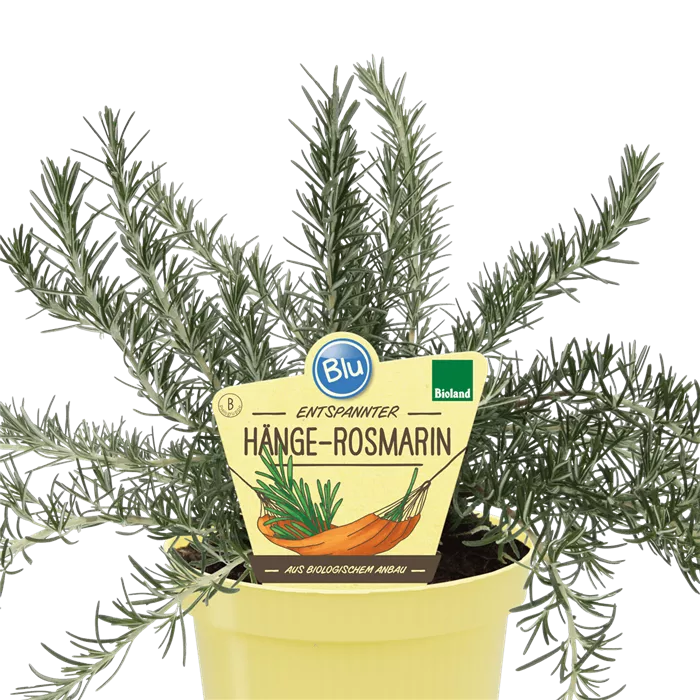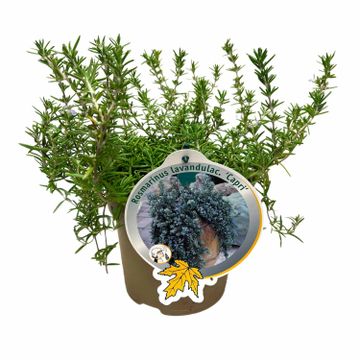Rosmarinus officinalis capri
Rosmarinus officinalis capri
Couldn't load pickup availability
Rosmarinus officinalis capri
Growing Rosmarinus officinalis ‘Capri,’ a variety of rosemary, involves similar steps to cultivating other rosemary varieties. Here’s a concise guide:
1. Climate: Rosemary ‘Capri’ is well-suited for USDA Hardiness Zones 7-10. It thrives in warm, Mediterranean-like climates.
2. Sunlight: Plant ‘Capri’ in a location with full sunlight. Rosemary prefers at least 6 hours of direct sunlight daily.
3. Soil: Provide well-draining, sandy soil with a slightly acidic to neutral pH. Rosemary is adapted to poor soils but benefits from good drainage.
4. Planting: Plant ‘Capri’ in the spring after the last frost. Space the plants about 2 to 3 feet apart to allow for their spreading growth.
5. Watering: Rosemary prefers slightly drier conditions. Water deeply but infrequently, allowing the soil to dry out between watering sessions. Avoid waterlogged soil.
6. Fertilization: Rosemary is not a heavy feeder. A light application of a balanced fertilizer in spring is usually sufficient.
7. Mulching: Apply a layer of mulch around the plants to retain soil moisture, suppress weeds, and regulate soil temperature. Keep the mulch away from the base to prevent stem rot.
8. Pruning: Regularly prune ‘Capri’ to maintain its shape and encourage bushier growth. You can also harvest the leaves for culinary use. Pruning helps prevent the plant from becoming too woody.
9. Harvesting: Harvest rosemary leaves as needed for culinary purposes. The essential oils are most concentrated in the morning, so that’s an ideal time for harvesting.
10. Pest and Disease Control: Rosemary is generally resistant to pests and diseases. However, you may occasionally encounter issues like spider mites or powdery mildew. Treat as needed with appropriate controls.
11. Winter Care: ‘Capri’ rosemary is relatively hardy, but in colder climates, it may benefit from protection during winter. Consider providing a layer of mulch around the plants to insulate the roots from extreme temperatures.
12. Container Growing: ‘Capri’ rosemary can be grown in containers, making it suitable for patios or balconies. Ensure the container has drainage holes, and use a well-draining potting mix.
Remember to adapt these guidelines based on your specific growing conditions and local climate. Rosemary ‘Capri’ adds fragrance and flavor to your garden, making it a valuable herb for culinary and ornamental purposes.
Share



